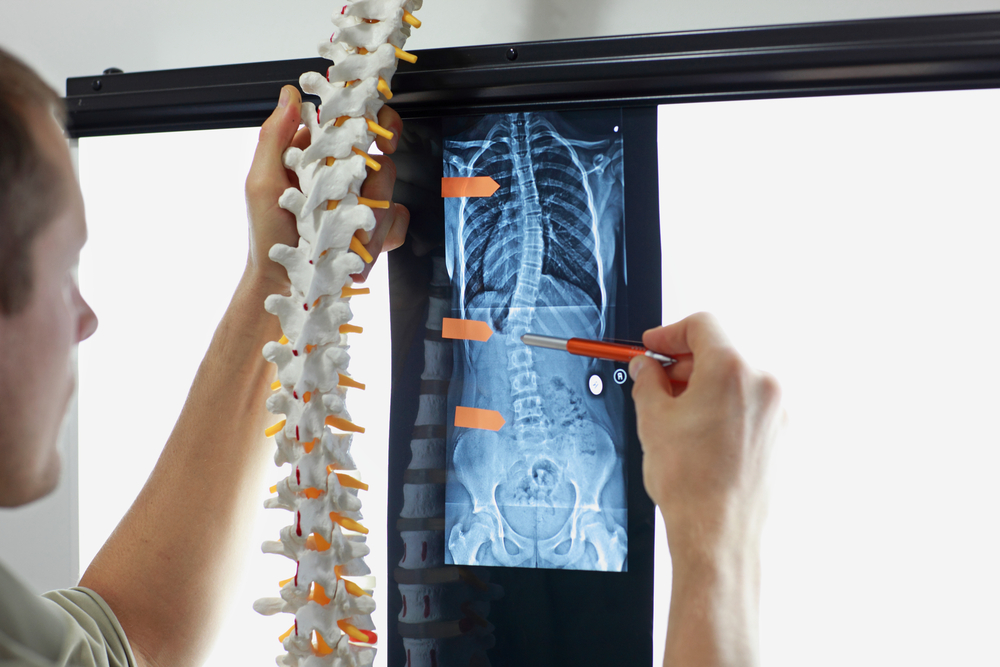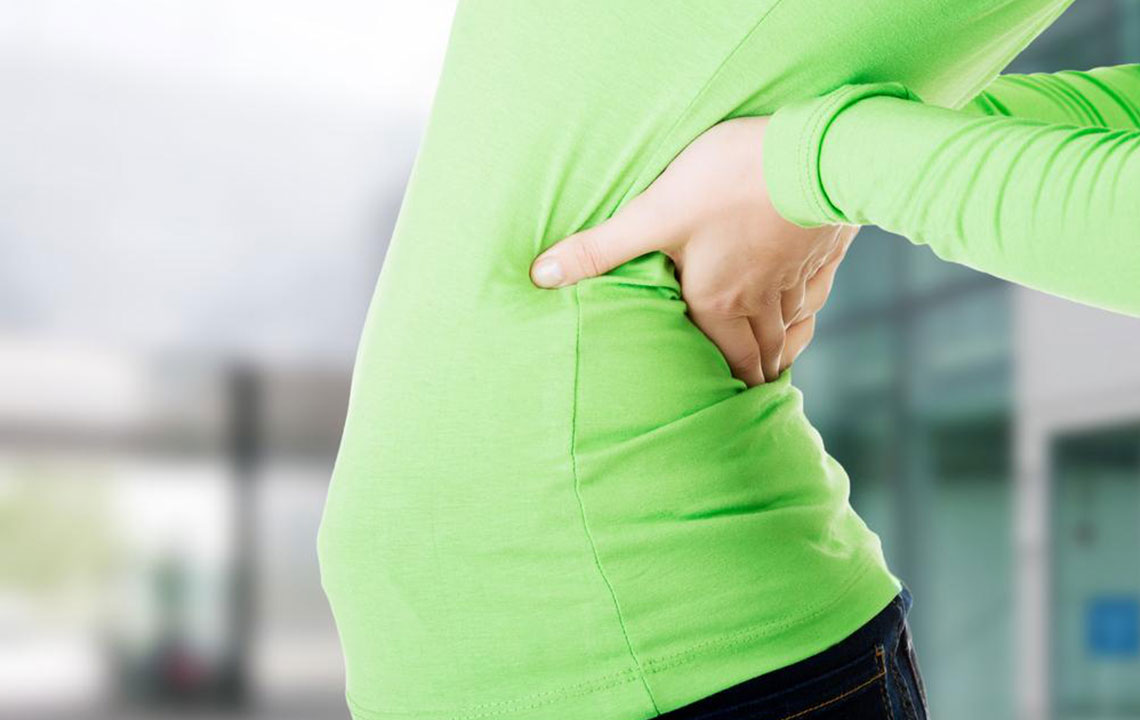Understanding Herniated Disc: Symptoms, Causes, and Treatment Strategies
This article provides comprehensive insights into herniated disc symptoms, causes, and treatment options. It discusses risk factors like aging, injury, and poor posture, along with conservative and surgical treatments. Emphasizing prevention, it highlights lifestyle changes, proper posture, and weight management to reduce the risk. Understanding these aspects can help individuals recognize early signs and seek appropriate care to maintain spinal health and avoid severe complications.

Understanding Herniated Disc: Symptoms, Causes, and Treatment Strategies
Herniated disc: Signs, Origins, and Management Options
A herniated disc, commonly known as a slipped or bulging disc, often occurs in the lumbar region of the spine. It happens when weakened disc material protrudes through a cracked or torn outer layer. This gradual process can lead to nerve compression, causing pain and discomfort. The disc contains a gel-like nucleus that, when displaced, pushes outward at its weakest point, forming a protrusion.
Often, herniated disc symptoms are subtle or absent until nerve compression triggers pain. When the disc presses on nerves, symptoms like sharp pain, numbness, or weakness may occur, limiting back mobility.
Factors Contributing to a Herniated Disc
Age-related Degeneration
As we age, spinal discs lose water content and flexibility, increasing vulnerability to herniation and other issues.
Trauma or Injury
Sudden injuries from accidents can lead to disc herniation, especially if significant force impacts the spine.
Wear and Tear
Daily activities like lifting, bending, or twisting, combined with prolonged strain, can gradually weaken discs, making them prone to herniation.
Poor Posture
Incorrect sitting, sleeping, or standing habits can strain the spine over time, culminating in herniated discs.
Occupational Strain
Jobs involving heavy lifting, long hours of standing, or repetitive bending increase the risk. Carrying heavy objects improperly also contributes.
Additional risks include obesity, participation in contact sports, and family history of spinal issues, all of which elevate the chance of disc problems.
Recognizing Symptoms of a Herniated Disc
The signs of a herniated disc can be subtle but indicative of nerve pressure. Common symptoms include:
Pain or tingling sensation in the neck, shoulders, arms, hands, or fingers, suggesting cervical disc issues
Upper back pain radiating to the chest or stomach, indicating thoracic involvement
Lower back pain, muscle spasms, and sciatica—pain radiating down one leg—signify lumbar disc herniation. Severe cases pressing on cauda equina nerves can cause bladder or bowel control issues, requiring urgent medical attention.
Non-Invasive Treatment Options for Herniated Discs
After pinpointing the affected area via imaging, conservative treatments can effectively manage pain. These include over-the-counter anti-inflammatory medications, heat or cold therapy, professional massage, physical therapy, and lifestyle adjustments. Such measures often reduce pain significantly and can even resolve symptoms in some cases.
Minimally Invasive Surgical Procedures
Originally, surgery was the main remedy for herniated discs, but it involved risks, lengthy recovery, and costs. Modern advances now allow for minimally invasive techniques, offering quicker recovery, less blood loss, minimized scarring, and reduced trauma. Surgery is typically reserved for cases with nerve compression that doesn't respond to conservative care or when the disc is on the verge of herniating further.
Preventing Herniated Discs
While age-related degeneration can’t always be avoided, many preventive steps are effective. Maintaining a healthy weight and practicing proper posture can significantly reduce risk. Active lifestyle choices like regular exercise, strengthening back muscles, and flexibility training help support spinal health. Smoking cessation is vital, as nicotine impairs disc nourishment. Managing body weight minimizes strain on the spine, promoting long-term health.










